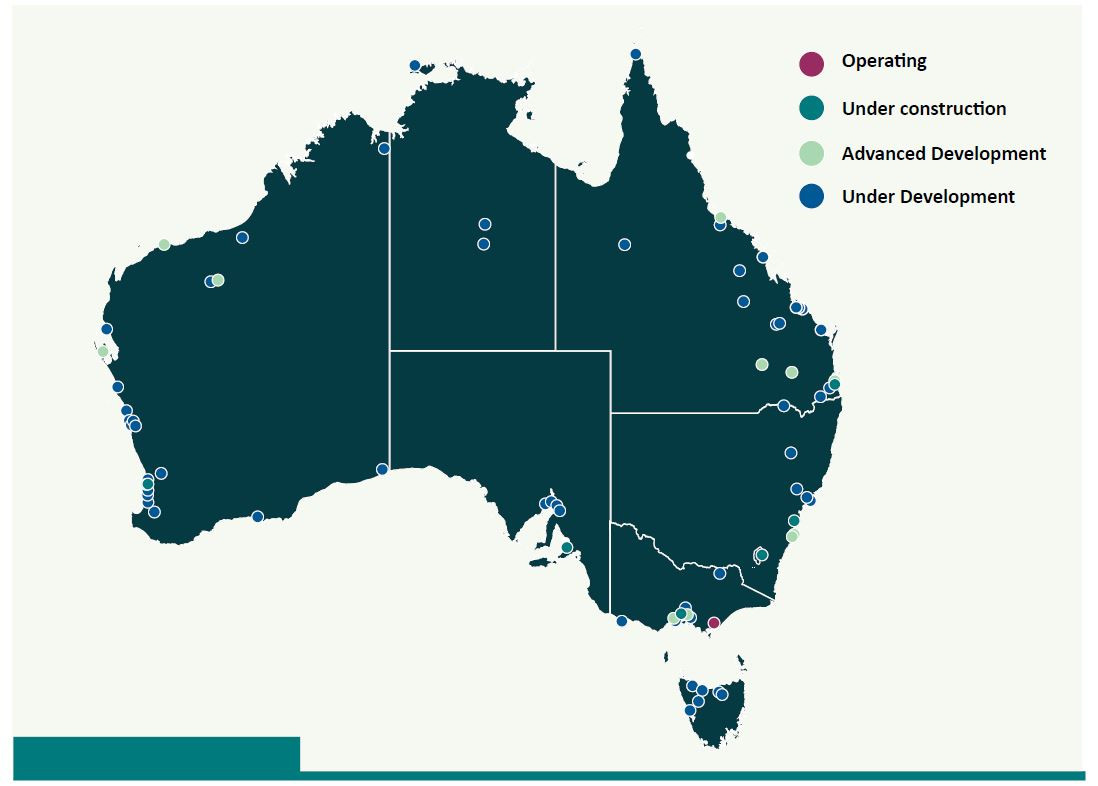Western Australia begins construction on 500 MW Collie BESS project
Synergy, the government-owned utility of Australia's Western Australia state, announced it had begun construction of its third grid-scale battery as part of efforts to move away from coal-fired power to energy generated from renewable sources.
The 500 MW / 2,000 MWh Collie battery energy storage system (BESS) is expected to be commissioned by October 2025. It is coming up in the town of Collie (just over 200 km south-east of the state capital Perth) close to the coal-fired Collie Power Station which is scheduled for retirement by 2027. Australia has been repurposing old coal plants into BESS projects. The country is looking to reach net zero carbon emissions by 2050.
Synergy said the four-hour capacity Collie BESS will meet 64 percent of the state's new energy storage capacity announced in June 2022 upon completion. The roughly $1 billion project will mop up excess energy from rooftop solar projects and discharge the power in the evening, when electricity demand usually peaks. The company has indicated the project can be expanded to 1 GW / 4 GWh in future.
Collie BESS will use modularized batteries and has an expected life expectancy of 20 years, Synergy said. Last year, the company awarded China's Contemporary Amperex Technology Co Ltd (CATL) a contract to supply 650 EnerC Plus containerised liquid-cooling battery systems for the project. Synergy also contracted US-based Power Electronics to supply 160 inverters for the Collie BESS.





















